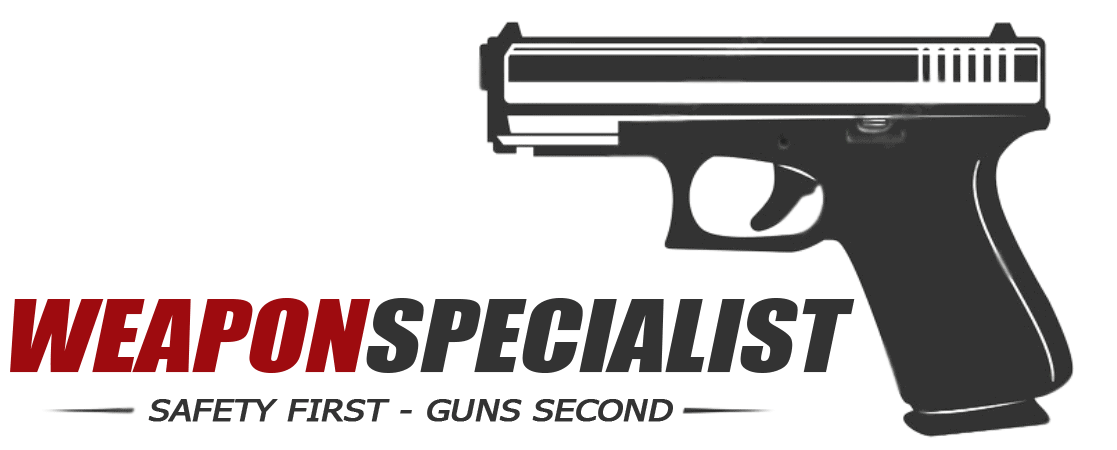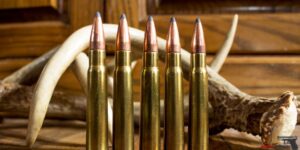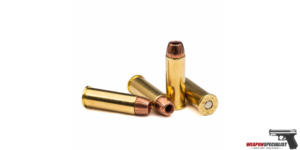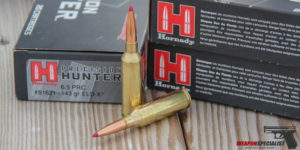Choosing the right cartridge for your firearm is like picking the perfect tool for a job. It’s a decision that will impact your shooting experience, whether you’re a seasoned hunter, a competitive marksman, or just a firearms enthusiast looking to hit the range.
Among the myriad of options available, the comparison between the .223 Remington and the .30-06 Springfield often takes center stage. Both are respected in the world of firearms, each with its own set of merits and drawbacks.
So, whether you’re seeking the speed and precision of a .223 or the sheer versatility of a .30-06, this exploration is your guide to the world of these two formidable cartridges.
Let’s embark on this journey to decipher which one suits your shooting needs and preferences best.
.223 Remington vs .30-06 Springfield History and Development
The .223 Remington and .30-06 Springfield are two popular rifle cartridges that have been used for a variety of purposes. Both cartridges have a rich history and have undergone significant development over the years.
223 Remington
The .223 Remington was introduced in 1964 by Remington Arms. It was designed as a sporting cartridge and was based on the .222 Remington Magnum cartridge.
The .223 Remington was designed to be a versatile cartridge that could be used for a wide range of applications, including varmint hunting, small game hunting, and target shooting.
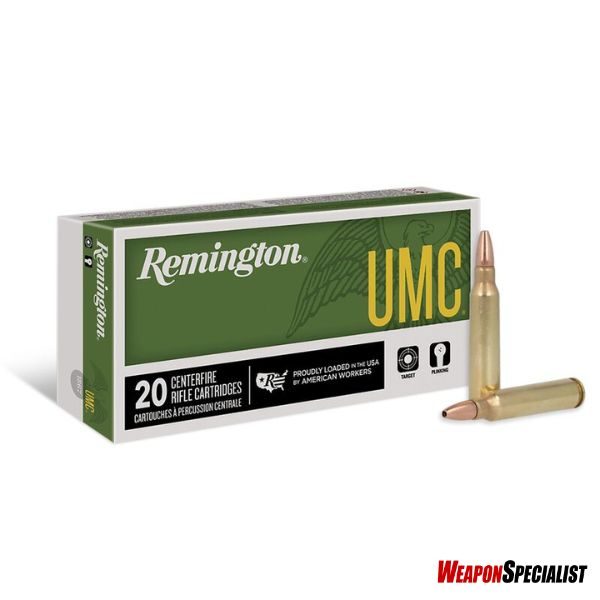
The .223 Remington is a small, high-velocity cartridge that is popular among hunters and target shooters. It is known for its accuracy and flat trajectory, which makes it effective at long ranges.
The cartridge has undergone several developments over the years, including the introduction of the .223 Remington AI (Ackley Improved) and the .223 WSSM (Winchester Super Short Magnum).
30-06 Springfield
The .30-06 Springfield is a cartridge that was developed by the United States Army in 1906. It was designed as a replacement for the .30-03 cartridge, which was used in the Springfield 1903 rifle.
The .30-06 Springfield was designed to be a versatile cartridge that could be used for a wide range of applications, including long-range shooting, medium to large game hunting, and military sniping.
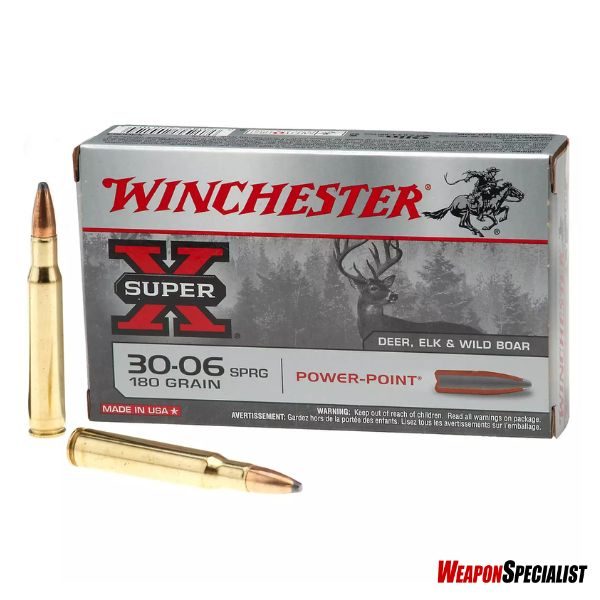
The .30-06 Springfield is a powerful cartridge that has been used in many different rifles and machine guns over the years. It is known for its accuracy and stopping power, and it has been used in many different military conflicts throughout history.
The cartridge has undergone several developments over the years, including the introduction of the .30-06 Springfield AI (Ackley Improved) and the .300 Winchester Magnum.
Quick .223 Remington vs .30-06 Springfield Comparison
| Category | .223 Remington | .30-06 Springfield |
|---|---|---|
| Origin | USA | USA |
| Year of Introduction | 1964 | 1906 |
| Bullet Diameter (inches) | 0.224 | 0.308 |
| Bullet Weight Range | 35 to 77 grains | 150 to 220 grains |
| Muzzle Velocity | 2,700 to 3,300 fps | 2,600 to 2,900 fps |
| Muzzle Energy | 1,100 to 1,500 ft-lbs | 2,500 to 3,000 ft-lbs |
| Recoil | Moderate | Moderate to Heavy |
| Typical Use | varmint/small game hunting | big game hunting, target shooting, military (historical) |
| Effective Range (yards) | 300-500 | 400-600+ |
| Magazine Capacity | Typically higher | Typically lower |
| Availability | Very common | Common |
| Rifles | AR-15 platform and others | Various bolt-action, semi-auto rifles, and some military surplus rifles |
223 vs 30-06 Ballistics
When comparing the .223 Remington and the .30-06 Springfield, one of the most important factors to consider is ballistics. This includes velocity, energy, and trajectory.
Velocity
The velocity of a bullet refers to the speed at which it travels.
On average, .223 Remington rounds achieve a velocity of about 3150 feet per second (fps) while .30-06 Springfield rounds travel at a velocity of 2820 fps.
This means that the .223 Remington has a higher muzzle velocity, which can result in flatter trajectories and less bullet drop over long distances.
Energy
The energy of a bullet refers to the amount of force it carries. When comparing the .223 Remington and the .30-06 Springfield, the latter has more energy due to its larger size and heavier bullet weight.
.223 bullets generally weigh between 40 and 77 grains, while 30-06 bullets can weigh between 150 and 220 grains.
This means that the .30-06 has more stopping power and can be more effective for larger game, such as deer or elk.
Trajectory
The trajectory of a bullet refers to its path through the air. The .223 Remington has a much flatter trajectory than the .30-06 Springfield, which makes it more effective at long range.
This is due to its higher velocity and lighter bullet weight. However, the .30-06 Springfield has a more curved trajectory, which can be an advantage when hunting in wooded or mountainous terrain where shots may be taken at shorter distances and at varying angles.
223 vs 30-06 Accuracy and Recoil
When it comes to accuracy, the debate between .223 and .30-06 cartridges has been ongoing for years. Some hunters and shooters claim that the .223 is not accurate enough for long-range shooting, while others believe that it is just as accurate as any other caliber.
On the other hand, the .30-06 is known for its accuracy and low recoil, making it a popular choice for target shooting.
One factor that affects accuracy is the weight of the bullet. .223 bullets generally weigh between 40 and 77 grains, while .30-06 bullets can weigh between 150 and 220 grains.
The heavier the bullet, the more stable it is in flight and the better its long-range accuracy. However, heavier bullets also tend to have more recoil, which can affect the shooter’s accuracy.
Recoil is an important consideration for many shooters, as it can affect accuracy and make shooting uncomfortable. The .30-06 round typically has more recoil than the .223 round, due to its larger size and greater power.
However, in a well-designed rifle and stock, the .30-06 recoil is acceptable for most adult shooters.
For those who are sensitive to recoil or who want to shoot for extended periods of time, the .223 may be a better choice. Its lower recoil makes it easier to control and shoot accurately, even for beginners. However, it should be noted that the .223 may not be as effective for hunting larger game at longer ranges.
223 vs 30-06 Ammunition Availability and Cost
The availability and cost of ammunition can be a major factor in deciding between two cartridges. In general, the .223 Remington is more widely available and less expensive than the .30-06 Springfield.
According to Foundry Outdoors, the average cost of .223 Remington rounds is around $0.35 per round, while the average cost of .30-06 Springfield rounds is around $1.00 per round. This means that shooting a .223 Remington rifle will be less expensive than shooting a .30-06 Springfield rifle.
Additionally, the .223 Remington is a very popular cartridge, with a large number of rifles chambered for it. This means that ammunition for the .223 Remington is widely available at most sporting goods stores and online retailers. On the other hand, the .30-06 Springfield is a less popular cartridge, and ammunition may be harder to find in some areas.
It is also worth noting that the availability and cost of ammunition can vary depending on the intended use of the cartridge. For example, if the shooter is using the cartridge for hunting, there may be more options available for the .30-06 Springfield, as it is a more powerful cartridge that is better suited for larger game. However, for target shooting or plinking, the .223 Remington is likely to be a more cost-effective option.
223 vs 30-06 Applications
When it comes to choosing between .223 and .30-06, it’s important to consider the intended application of the firearm. Both cartridges have their strengths and weaknesses, and each is better suited for certain tasks.
Hunting
For hunting purposes, the .223 is typically used for smaller game such as varmints, while the .30-06 is better suited for larger game such as deer, elk, and bear
.he .223 is a lightweight, high-velocity cartridge that is suitable for shooting small to medium-sized game and varmints at short to medium distances.
It produces less recoil, making it easier to shoot for extended periods of time. On the other hand, the .30-06 is a heavier cartridge that packs a punch, making it more effective at taking down larger game at longer distances.
Target Shooting
For target shooting, the .223 is a popular choice due to its accuracy and low recoil. It has a much flatter trajectory than the .30-06, which makes it more effective at long range.
The .223 is also cheaper and easier to find than the .30-06, making it a more cost-effective option for target shooting. However, the .30-06 can also be used for target shooting, particularly at longer ranges where its heavier bullet can provide an advantage.
Tactical Use
For tactical use, the .223 is often used in military and law enforcement applications due to its lightweight and high velocity. It is commonly used in AR-15 rifles and other semi-automatic firearms.
The .223 is effective at taking down targets at short to medium distances, making it a popular choice for urban combat scenarios.
The .30-06, on the other hand, is not typically used for tactical purposes due to its heavier weight and recoil. It is better suited for hunting and long-range shooting.
Pros and Cons of .223 vs .30-06
.223
- .223 cartridges have minimal recoil, making them an excellent choice for beginners, those sensitive to recoil, and extended shooting sessions without discomfort.
- Ammunition for the .223 is relatively inexpensive compared to larger caliber cartridges, which makes it cost-effective for target shooting, plinking, and practice.
- The .223 is commonly used in semi-automatic rifles like the AR-15, which allows for high-capacity magazines. This is advantageous for rapid follow-up shots.
- Its flat trajectory and high velocity make it a fantastic choice for small game and varmint hunting, as it provides accuracy and minimal meat damage.
- The .223 can be used for a wide range of shooting purposes, including target shooting, plinking, home defense, and even competitive shooting sports.
- Rifles chambered in .223 are typically lightweight and easy to carry, making them suitable for hunters covering large areas.
- The .223 is most effective at short to medium ranges (typically around 300-400 yards). Beyond this distance, it may not deliver the same accuracy and energy as larger cartridges designed for long-range shooting.
- While the .223 can be used for hunting deer-sized game with precise shot placement, it may not provide the same terminal performance as larger caliber cartridges, potentially requiring careful shot selection.
- Due to its relatively small bullet size and low mass, the .223 is more affected by wind drift, making long-range shooting in windy conditions challenging.
- In self-defense situations, the .223 may lack the stopping power of larger calibers like the .308 Winchester or .30-06 Springfield, which could be a disadvantage in scenarios requiring one-shot stopping capability.
.30-06
- .30-06 is excellent for hunting various large North American game, including deer, elk, moose, and bear.
- It offers a flat trajectory and can effectively shoot at distances exceeding 800 yards.
- With over a century of successful hunting and military use, it has a wealth of load data and bullet options.
- There’s a wide selection of bullets, allowing customization for specific hunting or shooting needs.
- Reloaders can fine-tune loads for their specific requirements.
- It has a relatively high recoil, which can be a concern for some shooters, especially beginners.
- Ammunition can be more expensive compared to smaller cartridges like .223.
- It may cause excessive meat damage when hunting smaller game, such as varmints or smaller deer species.
FAQs
Can the .30-06 Springfield be used for varmint hunting?
While the .30-06 Springfield can be used for varmint hunting, it may not be the most practical choice. The larger, heavier bullets tend to cause excessive damage to small game and varmints, making them less suitable for preserving hides and meat.
Hunters looking to target small game and varmints usually prefer smaller calibers like the .223 Remington or .22-250 Remington, which offer superior accuracy and lower risk of overkill.
Is the .223 Remington legal for hunting big game animals?
The legality of using .223 Remington for hunting big game animals varies by location and hunting regulations. In some states or countries, the .223 Remington is considered too small for ethical hunting of large game due to its limited bullet weight and energy.
In other areas, it may be allowed for hunting smaller species like deer, but it might be restricted or not recommended for hunting larger game like elk or bear. Always check your local hunting regulations to ensure compliance with the appropriate caliber and bullet requirements for hunting specific game species.
Is 30-06 stronger than 223?
Yes, the .30-06 Springfield is generally stronger than the .223 Remington. The term “stronger” here refers to the .30-06’s higher muzzle energy and greater stopping power due to its larger caliber and heavier bullets.
Is a 223 more powerful than a 30 30?
No, a .223 Remington is not more powerful than a .30-30 Winchester. The .30-30 Winchester is generally considered to be the more powerful cartridge of the two.
Conclusion
The decision between the .223 and the 30-06 ultimately comes down to personal preference and intended use. Both cartridges have their pros and cons, and each excels in different situations.
For those looking for a smaller caliber with less recoil and greater accuracy at shorter ranges, the .223 is a great choice. It is also a good option for those who plan to shoot for extended periods of time.
On the other hand, the 30-06 is a more powerful cartridge that is better suited for hunting large game at longer ranges. It also has a wider range of bullet weights and styles available, making it a more versatile option.
It is important to note that both cartridges have their limitations and are not suitable for all situations. When choosing between the two, it is important to consider factors such as intended use, shooting distance, and personal preferences.
Last Updated on November 13, 2023 by
